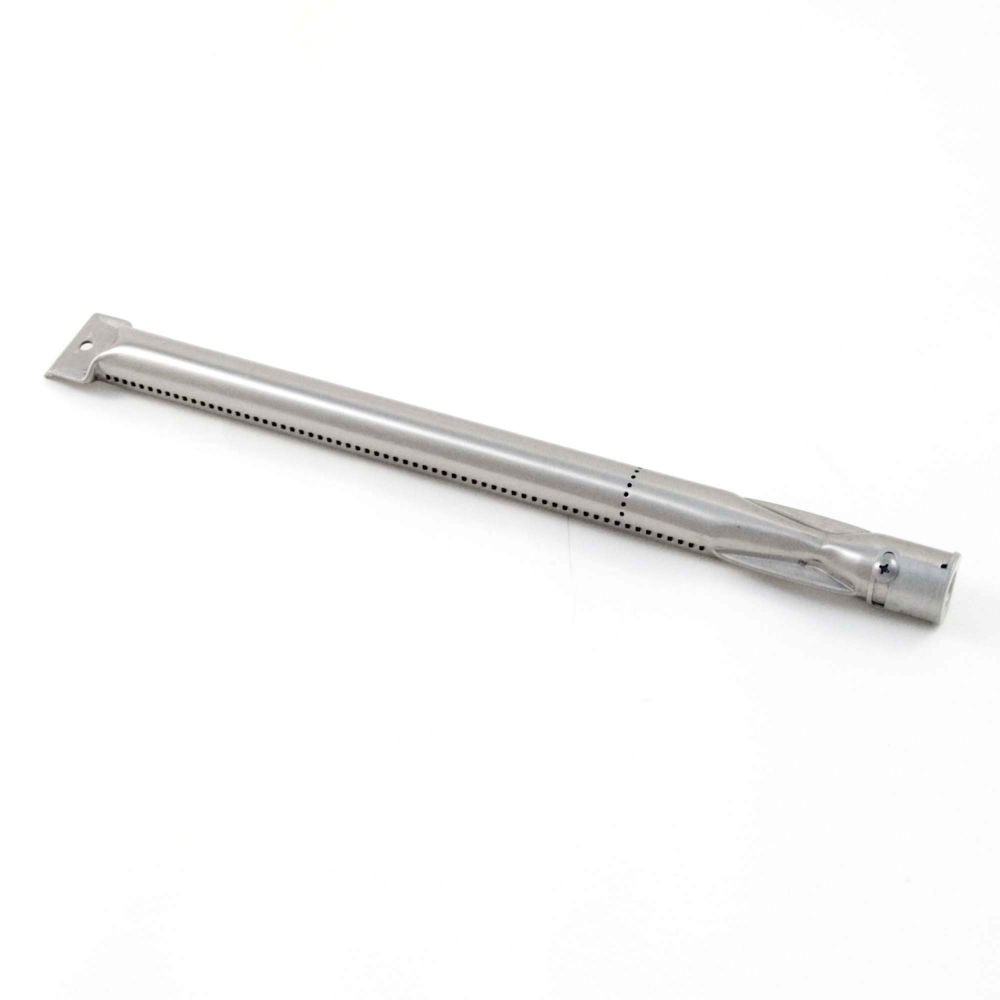
Turn all control valves to high including the side burner if you have one. A yellow flame can be the cause of a bad air to gas ratio.

Disconnect the regulator from the tank and let it sit for several seconds.
Gas grill burners not getting enough gas. Burners not getting gas First check the tanks propane level to make sure the tank has gas. Next reset the pressure regulator to restore gas flow through the regulator if the. Problems with gas flow can keep a gas grill from getting hot enough.
First make sure theres plenty of gas in the tank-the diminished gas flow from a nearly empty tank wont supply the burners with enough gas to heat properly. Our video shows how to check the level of propane in a tank. If your grill has more than 65000 BTUs a 38 hose may not allow enough gas to flow.
In this case a 12 hose is recommended. If your grill is natural gas there could be a low gas line pressure or there could be an increase in the gas demand thus causing low gas pressure. How does the gas get from the tank and into your burners.
When you open the valve on the tank from the top gas flows up and out of the tank into the gas line and up to the grills manifold where it is divided between the burners and out the control valves managed by the awesome light-up knobs on your grill. Reset the regulator by turning off the burners on your gas grill. Turn off the propane tank and disconnect the hose from the tank.
With your gas grill lid open turn the burner knobs to high for. A yellow flame can be the cause of a bad air to gas ratio. Gas grill burners will have some sort of air adjustment at the end of the burner where the burner meets the valve orifice.
If you should notice that you have no flame a yellow flame or burner blows out you will probably need to adjust the air mixture. To adjust the air gas mixture. First open the hood on your grill to ensure gas isnt building up inside.
Second turn off all burners on the grill. Make sure to double check every burner is off. On your propane tank twist the propane tank shutoff valve clockwise until it is totally closed.
Some propane tanks have safety features that wont allow gas to escape from the canister unless the hose connection is tightly secured with the gas release mechanism. Take a look at your connector. If its less than an inch long it wont be long enough to depress the check valve inside the valve.
Make sure the lid of your grill is open and all the control knobs on the grill are in the OFF position including the side burner knob if you have one. Turn on your gas supply by opening the valve on top of the tank. Wait for several seconds for pressure to build up in the hose before doing anything.
Open the grill lid. Turn off the gas at the propane tank. Disconnect the gas line from the tank.
Turn all control valves to high including the side burner if you have one. Turn off all the burners and close the tank valve. Open the tank valve fully and wait a few seconds for pressure in the regulator and gas hose to equalize.
Open the grill lid then open one of the burner control knobs and light the grill. Make sure the lid of your grill is open and that all the control knobs on the grill are in the OFF position including the side burner knob if you have one. Turn on your gas supply by opening the valve on top of the tank.
Wait for several seconds up to 60 for pressure to build up in the hose before doing anything. Problems with gas flow can keep a gas grill from getting hot enough. First make sure theres plenty of gas in the tank-the diminished gas flow from a nearly empty tank wont supply the burners with enough gas to heat properly.
If the tanks full but gas wont flow freely to. First turn off your stove or grill burners and close the propane tank. Make sure everything is in the off position before you disconnect the regulator.
Disconnect the regulator from the tank and let it sit for several seconds. This time allows the regulator to reset. This regulator is designed to respond to low gas pressure inside the hose a sign that theres a leak but it can also be tripped accidentally if you turn on the grill burners before you open the valve on the tank.
With the burner valves open pressure never builds up inside the hose and the regulator thinks it has detected a. Flare fittings can cause damage to the bridge of the natural gas hose resulting in a reduction of gas pressure to the grill. Leftover food and cobwebs can clog the burners and so not only prevent the grill from getting hot enough but in the worst case even cause a fire.
Such fires occur when something blocks the gas flow between the valves and the burner ports. This makes it all the more important to remove the burners regularly and give them a thorough cleaning.